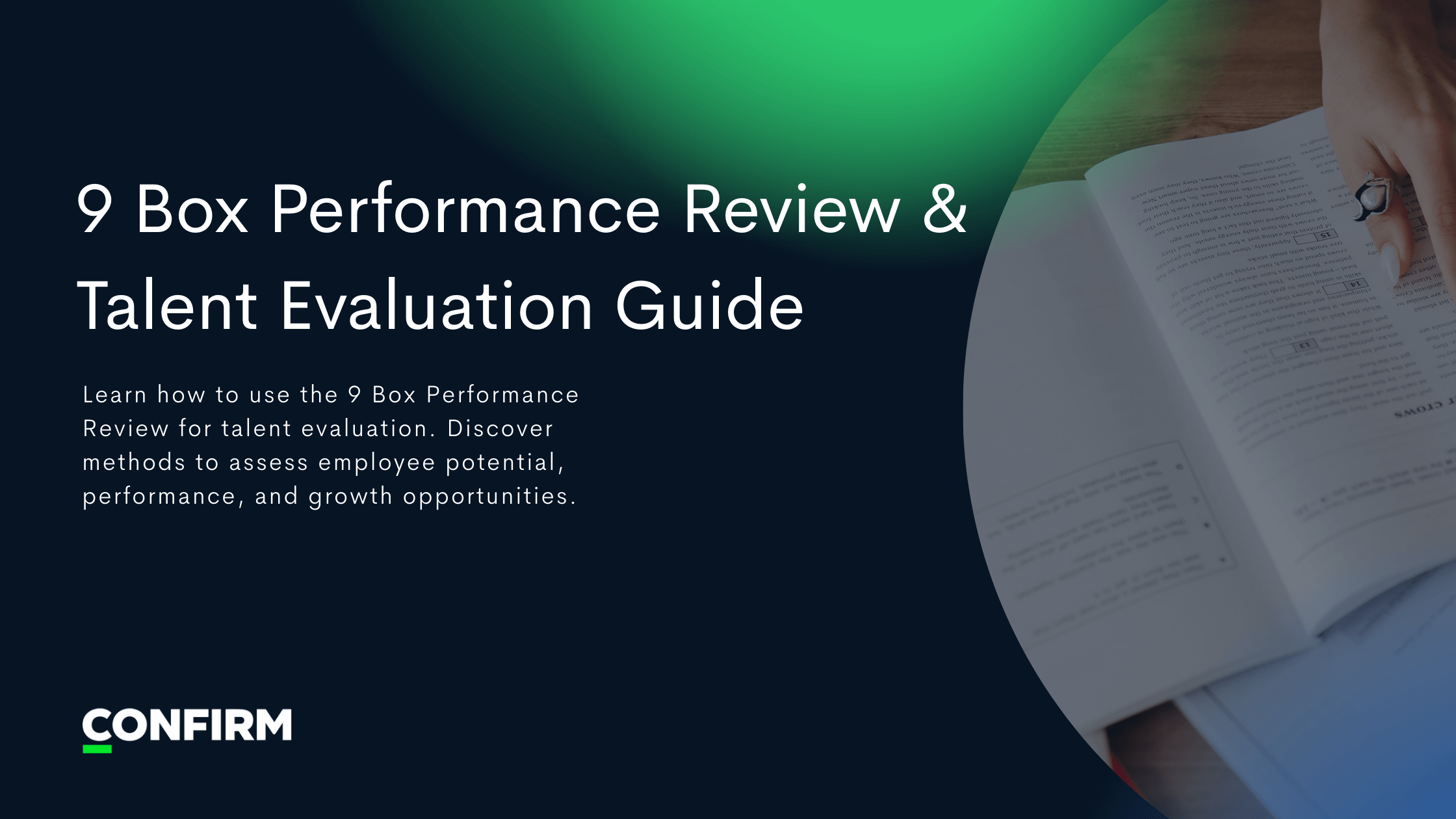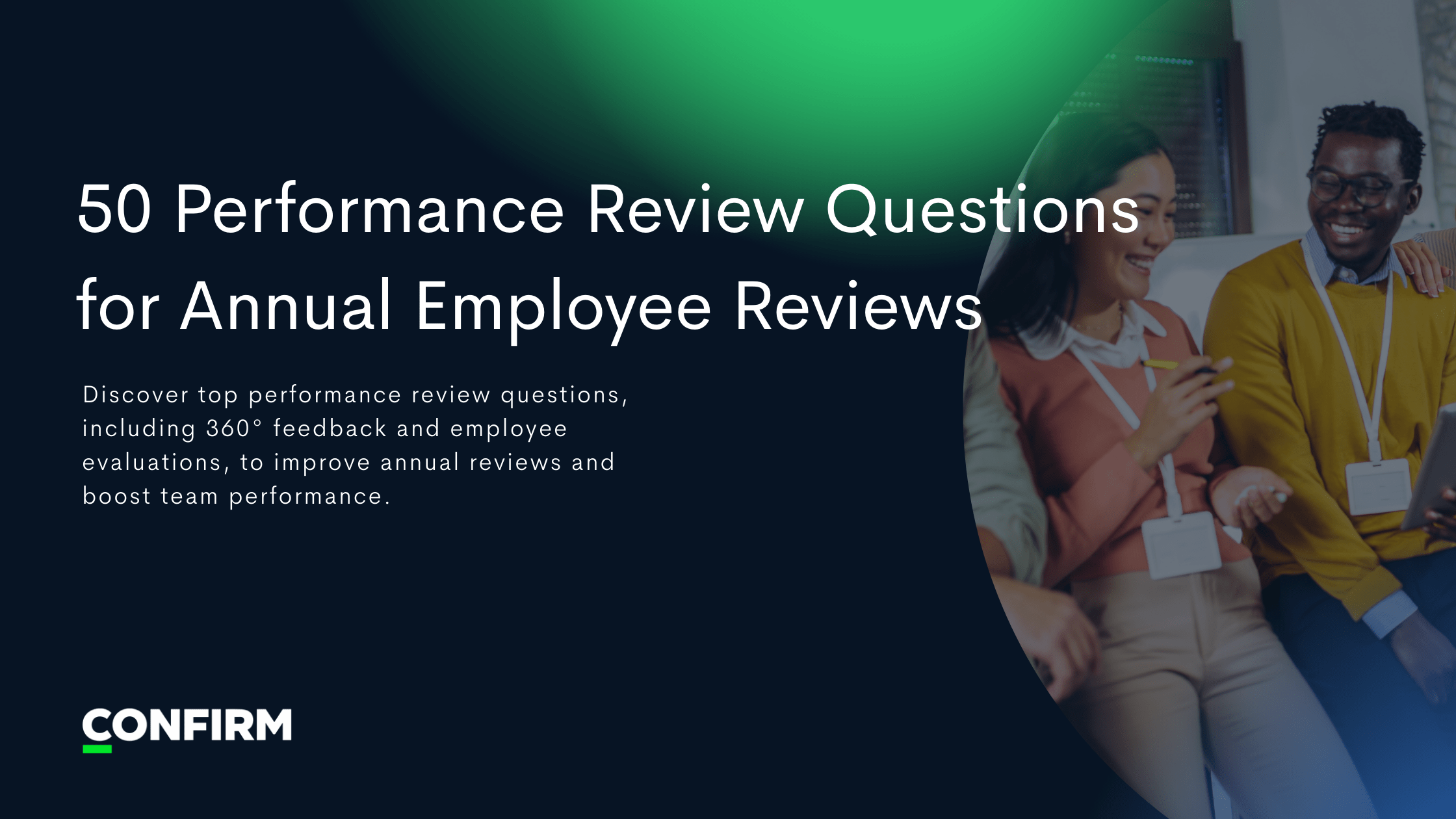
Blog post
Pay-for-Performance: How to Motivate and Reward Your People
Pay for performance is a payment structure that links employee pay to job performance, rewarding higher productivity...

Done right, pay for performance aligns compensation with business outcomes, motivates high-impact work, and helps you retain top talent—without creating bias or short-term behaviors. Below is a comprehensive, practical guide designed for CHROs, Heads of People, and CEOs who want a fair, scalable, and data-backed performance based compensation program.
What Is Pay for Performance?
Pay for performance (P4P) is a compensation approach that ties some portion of an employee’s pay to their results—individual, team, or company. It’s broader than sales commission plans: P4P can include merit increases to base pay, variable bonuses, equity grants, and incentive awards that are contingent on achieving clear performance goals.
A modern program combines:
- Clear outcomes (e.g., revenue growth, on-time delivery, NPS, cost savings).
- Reliable performance signals (not just a single manager’s opinion).
- Calibrated decisions that ensure equitable outcomes across teams.
- Transparent communications about how performance links to pay.
Confirm strengthens this motion by using Organizational Network Analysis (ONA) to capture how work actually flows and who creates value across teams—reducing single-rater bias before pay decisions are made.
Why Choose Pay for Performance?
Risk‑free investment
When P4P uses transparent metrics and unbiased inputs, you shift more compensation into truly earned outcomes. That means less risk of paying for tenure or visibility and more confidence you’re funding real impact.
Measurable ROI
By linking dollars to quantifiable results, finance and HR can report pay-to-performance ratios, productivity per comp dollar, and attrition risk among top performers—turning compensation into a measurable growth lever.
Scalable growth
A consistent pay for performance model keeps decisions fair as you scale: managers follow the same rubric, analytics flag outliers, and HR can calibrate pay outcomes across orgs, levels, and demographics.
How Our Pay for Performance Model Works
Step‑by‑step process
- Define business outcomes. Align at the C‑suite level on the few metrics that matter (company, function, team, and role-level drivers).
- Instrument performance signals. Collect goals, OKRs, output metrics, quality indicators, and peer collaboration signals. Confirm’s ONA surfaces “who others rely on to get work done,” capturing impact that standard reviews miss.
- Build a rating framework. Create a simple, behavior-anchored scale and eligibility rules (e.g., “Exceeds expectations = 1.5x variable target”).
- Calibrate with evidence. Run cross‑functional calibration using anonymized ONA insights, peer/manager feedback, and outcome data to reduce bias and rater drift.
- Model budgets and ranges. Define ranges for base increases, bonus multipliers, and equity refresh by rating band and level.
- Decide & document. Capture rationales, attach performance evidence, and lock final recommendations.
- Communicate clearly. Give managers scripts and one‑pagers explaining how performance maps to compensation—before comp conversations.
- Audit & iterate. After payouts, analyze pay-equity, demographic parity, and ROI; tune metrics and ranges for next cycle.
Tracking and reporting
Provide dashboards for:
- Distribution curves by rating, org, role, and demographic group.
- Budget adherence vs. plan at each stage.
- Outcome lift (e.g., revenue per head, cycle time) following payouts.
- Retention of top talent before and after cycles.
Confirm’s AI summaries and one‑click calibration packets make it easy for HR and leaders to review decisions quickly and consistently—so documentation is audit‑ready and defensible.
Payment terms
Decide the mechanics upfront:
- Cadence: annual merit + annual/quarterly bonuses; sales comp monthly/quarterly; spot awards as‑needed.
- Form: base pay adjustment, cash bonus, equity, or a blend.
- Eligibility: minimum tenure, performance threshold, role-based exceptions.
- Caps/floors: prevent windfalls or compression; protect critical skills.
- Clawbacks/compliance: define rules for misconduct, policy breaches, or restated results.
- Localization: align with pay transparency, tax, and labor regulations by jurisdiction.
Note: This guide provides general information—not legal or tax advice.
Types of pay for performance models
- Merit‑based pay and merit increase
Annual base salary adjustments tied to performance ratings and market position (e.g., compa‑ratio). Works well for broad populations; reinforces year‑over‑year growth and skill accretion. - Performance‑based pay
A broader category where additional cash or equity is awarded for achieving objectives beyond baseline expectations—often using multipliers (e.g., 0.8x–1.5x) against a target award. - Variable pay
Short‑term incentives such as annual bonuses, profit‑sharing, and team bonuses, typically tied to a mix of company and individual outcomes. - Incentive‑based pay
Goal‑specific awards (project completion, cost savings, safety records), sales commissions, and long‑term incentives (e.g., RSUs, PSUs) aligned to multi‑year value creation.
Advantages of pay for performance
- Alignment with strategy. Compensation dollars reinforce the specific behaviors and outcomes your business needs now.
- Meritocracy with safeguards. High performers see differentiated rewards; ONA and calibration help ensure fairness, reducing halo effects and popularity contests.
- Talent retention. Clear line-of-sight from contribution to compensation reduces regrettable attrition, especially among under‑recognized “connectors” surfaced by ONA.
- Budget efficiency. Funds concentrate on impact rather than across‑the‑board increases.
- Culture of accountability. When expectations and rewards are explicit, feedback quality improves and managers coach to the standard.
- Scalability. Standardized rules and analytics scale across regions, job families, and growth phases—an essential benefit of a pay for performance system for mid‑market and enterprise orgs.
Disadvantages of pay for performance
Even well‑intended P4P programs can misfire if not designed carefully:
- Metric gaming or short‑termism. Over‑weighting a single metric can encourage counterproductive behaviors. Use a balanced mix and guardrails.
- Bias and visibility gaps. Relying solely on the manager viewpoint can disadvantage remote or underrepresented employees. Counteract with multi‑rater input and ONA.
- Collaboration disincentives. Over‑individualized awards may undermine teamwork. Include team and company metrics—and recognize cross‑functional contributions.
- Pay compression. Tight budgets and rapid hiring can flatten pay differences. Use structured ranges and equity refreshes to differentiate.
- Complexity and change fatigue. Too many levers confuse managers. Keep the model simple and train leaders before the cycle.
Implementing pay for performance: Best practices for HR
- Start with strategy, then metrics. Anchor rewards to the two–three outcomes that will truly drive enterprise value this year.
- Use multiple, credible signals. Blend outcome metrics with peer/partner feedback and ONA to capture real contribution, not just optics.
- Design a simple rating framework. A 3–4 point scale with behavior anchors is easier to calibrate and communicate than an 8‑point scale.
- Calibrate across the org. Hold cross‑functional calibration sessions to ensure consistency by level, function, and region. Use analytics to flag rating and payout outliers.
- Build ranges and rules. Publish eligible ranges (e.g., “Exceeds = 5–7% merit, 120–150% bonus; Meets = 2–3%, 90–110%”) and define exceptions.
- Plan the budget. Partner with Finance on a merit matrix and variable pool; model scenarios and set caps/floors to avoid overspend and compression.
- Enable managers. Provide talking points, FAQs, and one‑pagers explaining how performance based compensation works, plus practice sessions for tough conversations.
- Communicate transparently. Before the cycle, tell employees how performance is measured, what’s eligible, and how decisions are made and audited.
- Audit for equity and compliance. Run pay‑equity and demographic‑parity checks pre‑ and post‑payout; document rationales for exceptions.
- Measure impact. Track retention of top performers, engagement scores, quality metrics, and productivity—to prove ROI and refine the model.
- Support remote/hybrid fairness. Weight collaborative impact (via ONA) and outcome quality so remote employees aren’t penalized for being less visible.
- Keep iteration tight. After each cycle, gather feedback from managers and employees; update metrics and ranges for clarity and effectiveness.
FAQs
Can pay for performance be applied to both individuals and teams?
Yes. Most programs blend all three: company‑wide results (to align everyone), team metrics (to reinforce collaboration), and individual goals (to reward personal impact). We recommend weighting company/team at 40–60% and individual at 40–60% depending on role.
What key metrics are commonly used to measure performance?
By function: revenue, margin, pipeline quality (GTM); cycle time, defect rate, uptime (Product/Engineering); NPS/CSAT, retention, expansion (Customer); quality, safety, cost savings (Ops). Include leading indicators (e.g., velocity, quality) and lagging outcomes (e.g., revenue). Use ONA to capture cross‑team contribution that traditional metrics miss.
Are pay for performance models suitable for remote or hybrid teams?
Absolutely—provided you use multi‑rater inputs and collaboration signals. ONA helps identify the remote “connectors” and problem‑solvers who quietly enable others, so they aren’t overlooked.
What challenges do companies face when transitioning to pay for performance?
Change management (new rules/process), manager inconsistency, metric quality, bias, and employee trust. Mitigate with clear communications, manager training, calibration, and transparent audits.
Can pay for performance help improve employee retention?
Yes. When high contributors see sustained differentiation in pay and recognition—and understand how to progress—regrettable attrition drops. Pair P4P with career paths and development investments for a durable effect.
How can businesses ensure fairness and transparency in performance‑based pay?
Use simple, published rules; gather multi‑source evidence (managers, peers, data); calibrate consistently; audit for equity; and communicate decisions with clear, written rationales. Confirm’s ONA‑informed summaries and one‑click calibration packets make these steps fast and consistent.
Where Confirm Fits In
Even the best pay for performance model rises or falls on the quality of your performance data. Confirm brings:
- Organizational Network Analysis (ONA): See who teammates depend on to get work done and who drives outcomes—beyond manager‑only ratings.
- AI summaries & one‑click reviews: Turn scattered feedback into concise, audit‑ready packets that make calibration—and later compensation decisions—faster and fairer.
- Ease of setup & high adoption: Plug into your HRIS and collaboration stack so managers actually use the system, ensuring decisions are evidence‑based and defensible.
Get in touch with our experts today to see how Confirm’s ONA‑powered performance platform makes pay for performance fair, fast, and scalable.
Ready to see Confirm in Action?
See why forward-thinking enterprises use Confirm to make fairer, faster talent decisions and build high-performing teams.









